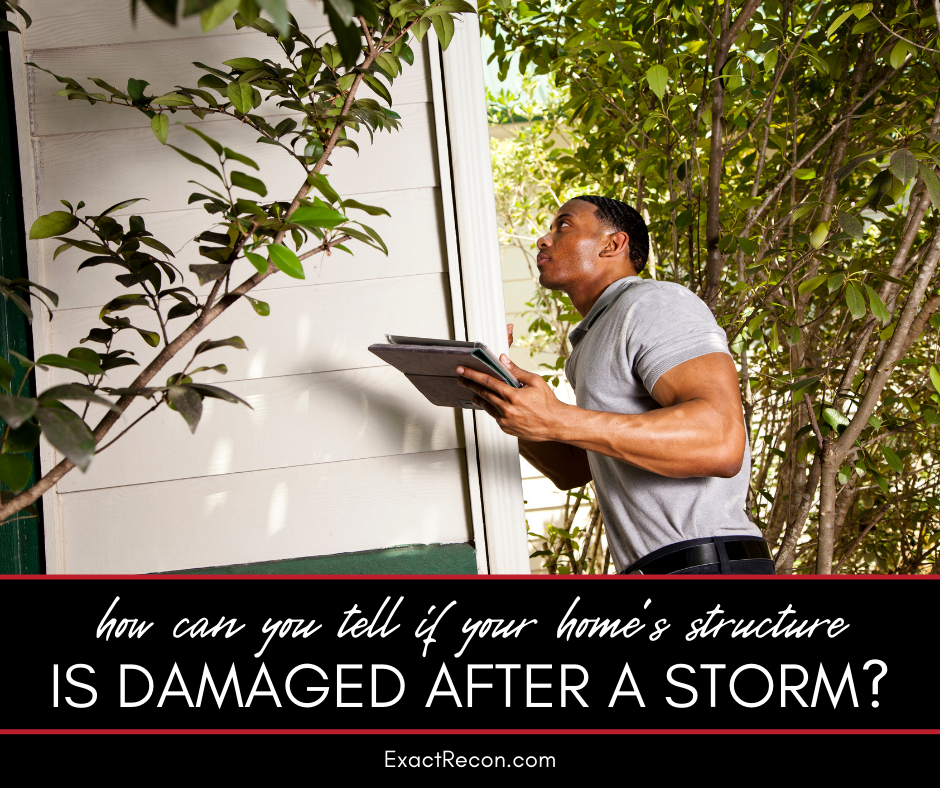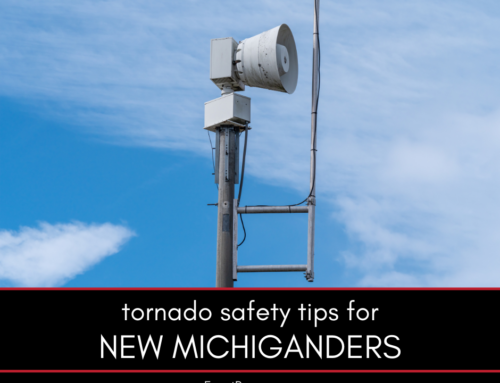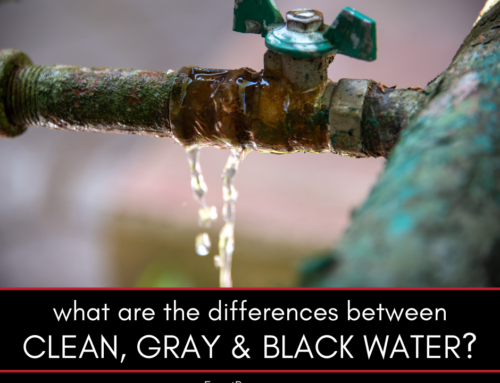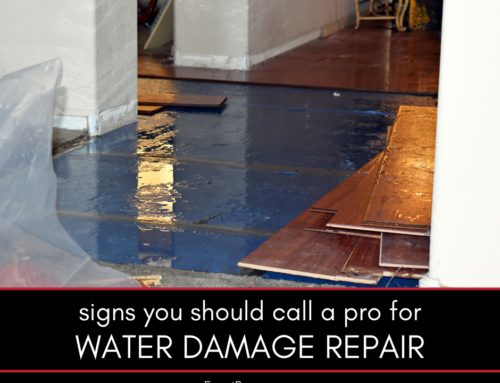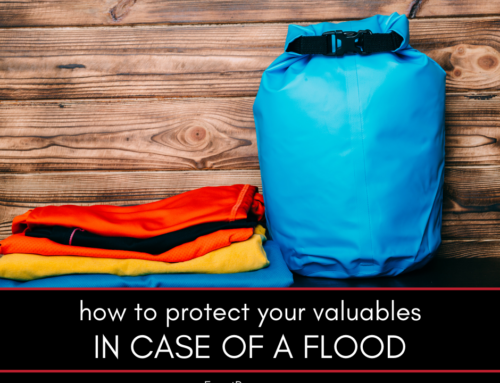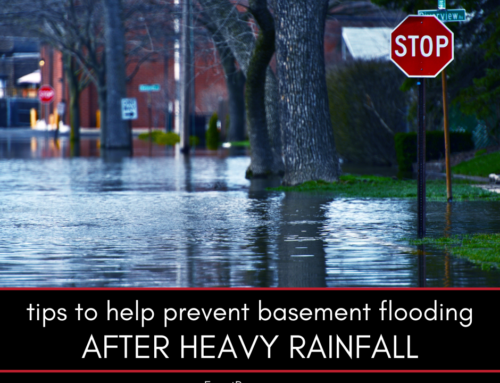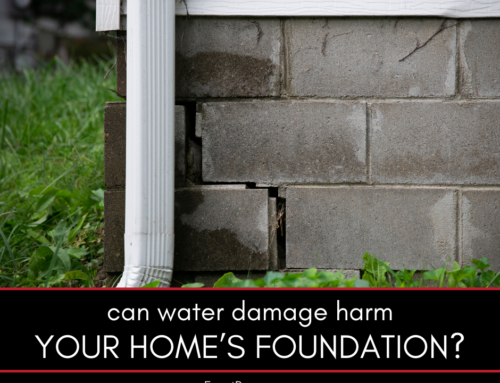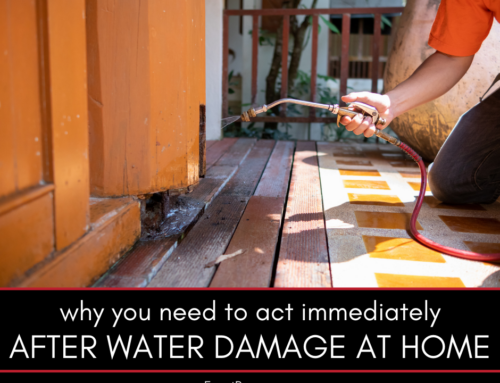Storms can cause significant structural damage to homes, which may not always be immediately visible. Recognizing the signs of structural damage is crucial for maintaining the safety and integrity of your property. This guide will help you identify potential storm damage and understand when to call a professional.
How Can You Tell if Your Home’s Structure Has Been Damaged in a Storm?
This guide provides detailed steps for identifying structural damage in your home after a storm. It covers the following:
- Ensuring safety first
- Conducting a preliminary inspection
- Signs of roof damage
- Signs of foundation damage
- Signs of wall and ceiling damage
- Signs of window and door damage
- Signs of exterior damage
- When to call a professional for storm damage
Here’s a closer look at each.
Ensuring Safety First
The first priority after a storm is ensuring the safety of everyone in your home. Before beginning any inspection or repair, make sure the storm has completely passed and it is safe to go outside. Wear protective clothing, including gloves, boots, and a hard hat, to protect yourself from potential hazards such as broken glass, nails, and debris. If you suspect any structural issues that could pose an immediate danger, evacuate the area and call a professional immediately.
Related: Expert advice on water damage, fire damage, mold and more
Conducting a Preliminary Inspection
After ensuring safety, conduct a preliminary inspection of your home to identify any obvious signs of structural damage. Start by walking around the exterior of your property, looking for visible issues such as cracks in the foundation, displaced roof shingles, broken windows, and damaged siding. Check for fallen trees or large branches that may have impacted your home. Inside, look for signs of damage such as cracks in walls and ceilings, doors and windows that no longer open or close properly, and floors that feel uneven or sagging.
Signs of Roof Damage
Roof damage is a common consequence of storms. Look for missing, cracked, or broken shingles, as well as any signs of sagging or warping. Inspect the attic for water stains, damp insulation, or daylight visible through the roof. Pay attention to the condition of the flashing around chimneys, vents, and skylights, as these areas are particularly vulnerable to storm damage. If you notice any signs of roof damage, it is crucial to address them promptly to prevent further issues such as water leaks and mold growth.
Related: Sewage backup in your home
Signs of Foundation Damage
Heavy rains and flooding can compromise the integrity of your home’s foundation. Look for cracks, shifts, or bulges in the foundation walls, and check for signs of water seepage or erosion around the foundation. Inside your home, inspect the basement or crawl space for water stains, dampness, and mold growth. Foundation damage can lead to serious structural issues if not addressed promptly. If you suspect foundation damage, it is essential to call a professional for a thorough inspection and repair.
Signs of Wall and Ceiling Damage
High winds and flying debris can cause cracks and holes in the walls and ceilings of your home. Look for visible damage, including bulges or soft spots, which may indicate water damage or structural issues. Inspect drywall and plaster for cracks, peeling paint, or wallpaper that is coming loose. Pay attention to any new or worsening cracks, as these can be signs of significant structural damage. If you notice any of these signs, it is important to call a professional for an assessment.
Signs of Window and Door Damage
Storms can break windows and damage doors, affecting their ability to open and close properly. Inspect all windows and doors for cracks, broken glass, and misalignment. Check for gaps around the frames, which can indicate shifting or warping. Pay attention to any drafts or water intrusion, as these can be signs of damage. Broken windows and damaged doors can compromise the security and energy efficiency of your home, so it is essential to repair or replace them promptly.
Signs of Exterior Damage
Inspect the siding and exterior of your home for cracks, holes, and loose or missing panels. Check for damage to gutters, downspouts, and other exterior fixtures. Look for signs of water damage, such as peeling paint or stains on the exterior walls. Pay attention to any visible damage to decks, porches, and other structures attached to your home. Exterior damage can lead to further issues if not addressed, so it is important to repair any damage as soon as possible.
When to Call a Professional for Storm Damage
While minor repairs can be handled by homeowners, significant structural damage requires the expertise of a professional. If you encounter any of the following situations, it is crucial to call a professional for storm damage assessment and repair:
- Extensive roof damage, including large sections of missing shingles or structural damage to the roof’s framework
- Large cracks or significant shifts in the foundation
- Major cracks, bulges, or soft spots in walls and ceilings
- Windows and doors that are severely damaged or no longer open and close properly
- Significant exterior damage, including large holes in siding or damage to essential exterior fixtures
Professionals like Exact Recon have the tools, knowledge, and experience to safely and effectively repair major structural damage, ensuring the long-term stability and safety of your home. Calling a professional for storm damage repair provides peace of mind and ensures that the issue is resolved thoroughly and correctly.
FAQ About Identifying Structural Damage After a Storm
Check out these commonly asked questions about identifying structural damage after a storm. If you don’t see your question here, please call our office and we’ll find you the answers you need.
How Soon Should I Inspect My Home for Damage After a Storm?
You should inspect your home for damage as soon as it is safe to do so after a storm. Prompt inspection and repair can prevent further damage and ensure your home’s safety and stability.
What Are the Signs of Foundation Damage?
Signs of foundation damage include cracks in the foundation walls, shifts or bulges in the foundation, water seepage, and erosion around the foundation. If you notice any of these signs, it is essential to address them promptly.
Related: How does homeowners insurance work after a disaster?
Can I Repair Minor Roof Damage Myself?
Yes, minor roof damage, such as small cracks or missing shingles, can often be repaired by homeowners. However, extensive roof damage requires professional repair to ensure the roof’s structural integrity.
How Can I Prevent Structural Damage in Future Storms?
Prevent structural damage in future storms by maintaining your roof, ensuring proper drainage around your home, inspecting walls and ceilings for damage, reinforcing windows and doors, and maintaining the siding and exterior of your home.
Why Is Professional Repair Important for Major Structural Damage?
Professional repair is important for major structural damage because professionals have the expertise, tools, and experience to safely and effectively repair the damage. They ensure the long-term stability and safety of your home, preventing further issues.
Do You Need a Disaster Remediation Expert in Washtenaw County or Jackson County?
If your home has already been damaged, we can help. Check out our services and call Exact Recon for your free disaster remediation quote today. We offer:
- Water damage restoration
- Fire damage restoration
- Mold removal and remediation
- Fire and smoke restoration
- Sewer cleanup and disinfecting
- Reconstruction
- Wind and storm damage repair


